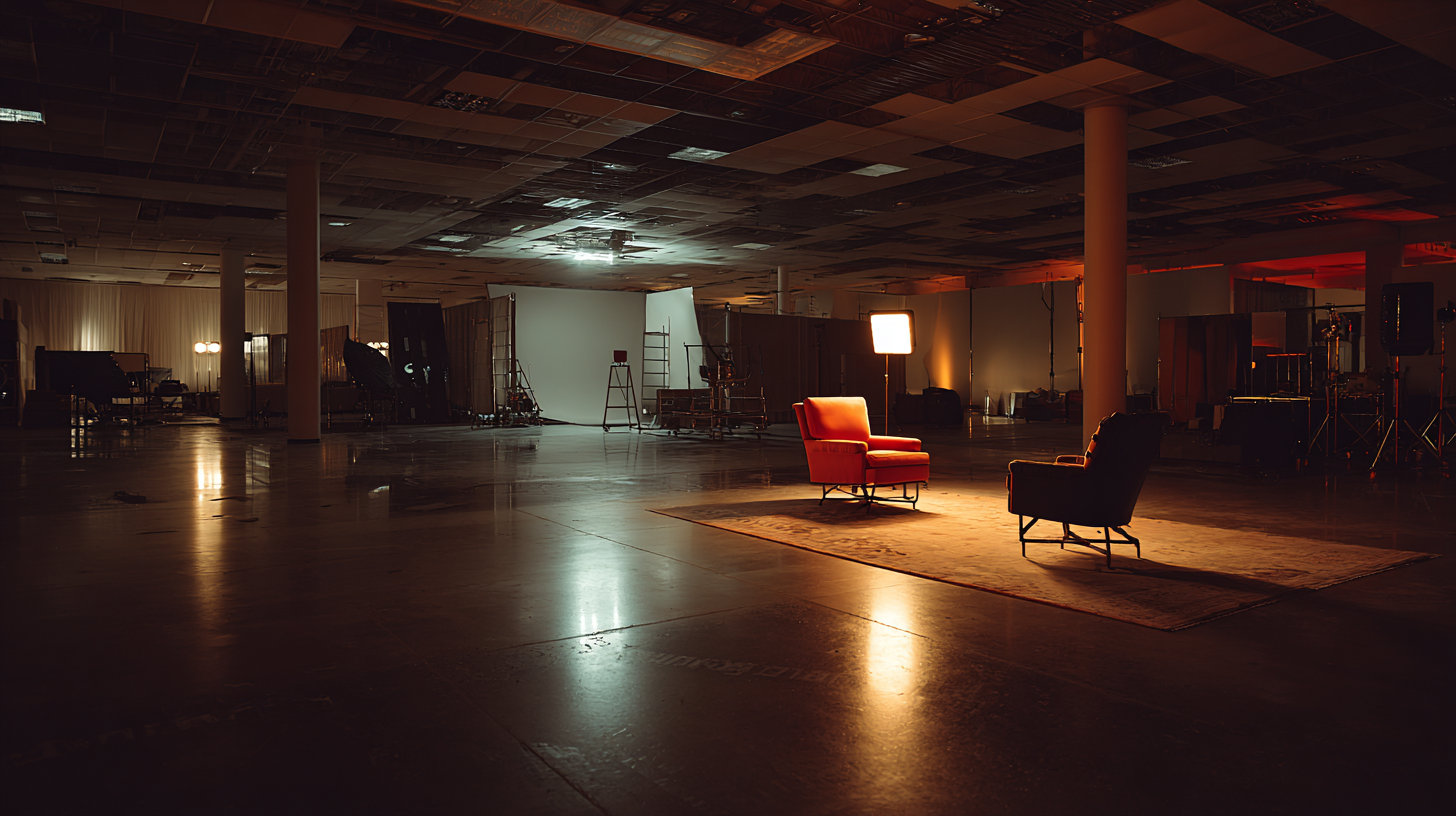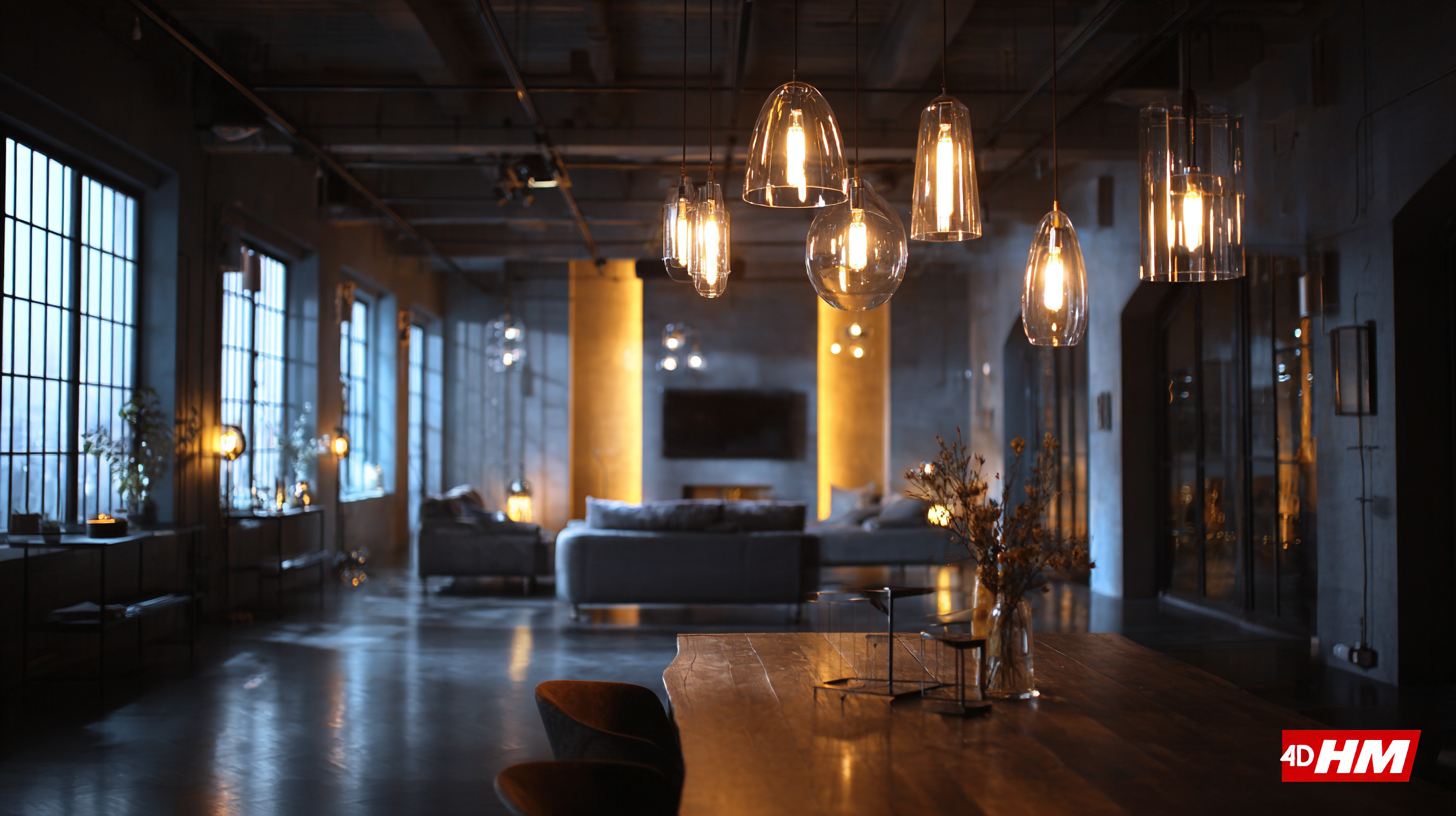5 Essential Tips for Reducing After-Sales Service Costs on the Best Indoor Lighting Solutions
In the competitive landscape of indoor lighting solutions, businesses are increasingly seeking ways to streamline their after-sales service costs without compromising on customer satisfaction. According to a report by MarketsandMarkets, the global indoor lighting market is projected to reach $75.3 billion by 2026, underscoring the importance of efficient service strategies as the demand for innovative and sustainable lighting solutions grows. The challenge lies in managing post-installation support, which can consume up to 20% of the overall product costs, as indicated by industry insights from McKinsey. By implementing effective cost-reduction strategies, companies can enhance their service delivery while maintaining profitability.

This blog will outline five essential tips that can help businesses minimize after-sales service expenses, ensuring they remain competitive in this flourishing market.
Strategies for Streamlining Customer Support in Indoor Lighting Solutions
In today's competitive market, streamlining customer support for indoor lighting solutions is essential to reducing after-sales service costs. One strategy is to leverage digital tools that enhance customer engagement while simplifying interactions. By utilizing AI-driven chatbots and automated response systems, companies can provide immediate assistance, resolving common queries without human intervention. This not only elevates customer experience but also significantly reduces operational costs associated with staffing.
Moreover, fostering a proactive support culture can further optimize customer service processes. Implementing feedback loops where customers can easily report issues encourages manufacturers to address recurrent problems swiftly. Training customer support teams on these emerging technologies ensures they remain equipped to handle more complex inquiries efficiently, allowing them to focus on high-value interactions. Overall, these strategies are vital for manufacturers in the indoor lighting sector to thrive in a decentralized market environment.
Leveraging Technology to Optimize After-Sales Service Efficiency
In the competitive world of indoor lighting solutions, optimizing after-sales service efficiency is crucial for reducing costs while maintaining customer satisfaction. Leveraging technology can significantly enhance service delivery, ensuring that customer inquiries and issues are addressed promptly. Automated systems can streamline responses, providing customers with real-time updates about their service requests and reducing the need for manual intervention. This not only enhances the customer experience but also minimizes the workload on service teams.
Additionally, utilizing data analytics can offer insights into common service issues, enabling companies to proactively address potential problems before they escalate. By analyzing patterns in customer feedback and service requests, businesses can refine their products and services. This proactive approach not only lowers the frequency of after-sales inquiries but also improves overall product quality. Embracing technology, from chatbots for initial customer contact to advanced analytics for service optimization, can lead to a significant reduction in after-sales costs while fostering a stronger relationship with customers.

Understanding Customer Expectations to Minimize Service Costs
Understanding customer expectations is fundamental to minimizing after-sales service costs, particularly in the indoor lighting solutions market. A recent report from IBISWorld indicates that the lighting industry is projected to grow by 5% annually, highlighting the increasing competition among providers. Companies that enhance their customer experience can significantly reduce service inquiries. According to a study by McKinsey, organizations that understand and meet customer expectations experience a 20% reduction in service costs. This insight emphasizes the importance of clear communication and education regarding product usage and maintenance.
Moreover, addressing common customer concerns upfront can streamline after-sales service. According to a survey from the National Retail Federation, about 70% of consumers expect proactive support from brands, which includes addressing potential issues before they arise. Offering comprehensive resources, such as detailed user guides and instructional videos, not only boosts customer satisfaction but also decreases the volume of service calls. In turn, this allows companies to allocate resources more efficiently, maintaining a focus on continuous improvement and innovation in their product offerings.
Implementing Proactive Maintenance Programs for Reduced Support Needs
Implementing proactive maintenance programs is crucial for minimizing after-sales service costs, especially in the realm of indoor lighting solutions. By establishing a routine maintenance schedule, companies can identify potential issues before they escalate, ensuring that lighting systems operate at peak efficiency and longevity. This not only enhances customer satisfaction but also significantly lowers the frequency and intensity of support needed. Regular check-ups can catch minor problems early, thereby preventing costly repairs and extensive downtime.
Moreover, training staff and customers on basic maintenance practices can further alleviate the support burden. Empowering users with knowledge on how to care for their lighting systems can lead to a reduction in service requests. Additionally, offering digital resources such as video tutorials or maintenance checklists can enhance user engagement and provide valuable assistance in keeping systems functional. This proactive approach not only streamlines operations but also fosters stronger customer relationships, ultimately contributing to reduced service costs and improved overall service quality.
5 Essential Tips for Reducing After-Sales Service Costs on the Best Indoor Lighting Solutions - Implementing Proactive Maintenance Programs for Reduced Support Needs
| Tip | Description | Expected Cost Reduction (%) | Implementation Difficulty (1-5) | Maintenance Frequency (Months) |
|---|---|---|---|---|
| Regular Inspections | Conduct periodic checks to identify issues before they escalate. | 20% | 3 | 6 |
| Staff Training | Train staff on proper usage and troubleshooting techniques. | 15% | 2 | 12 |
| Smart Technology | Use IoT devices for real-time monitoring and alerts. | 25% | 4 | 3 |
| Energy Efficient Solutions | Upgrade to LED bulbs and energy-efficient fixtures to reduce failure rates. | 30% | 3 | 24 |
| Customer Feedback | Gather user feedback to address common issues proactively. | 10% | 2 | 12 |
Data-Driven Insights: Analyzing Service Trends in the Lighting Industry
The lighting industry is undergoing significant transformations, driven by technological advancements and a shift towards sustainable practices. Data-driven insights into service trends reveal that companies are increasingly leveraging analytics to optimize after-sales service. By analyzing customer feedback and service performance metrics, businesses can identify recurrent issues with specific lighting solutions and adjust their offerings accordingly. This proactive approach not only enhances customer satisfaction but also leads to substantial cost reductions in after-sales support.

Furthermore, implementing predictive maintenance technologies enables companies to anticipate potential failures before they occur. By utilizing data analytics, businesses can determine the optimal times for servicing equipment, thus minimizing downtime and extending the lifespan of their products. This trend not only provides a smoother experience for end-users but also contributes to lower overall service costs. Companies in the lighting sector that embrace these data-driven strategies are better positioned to respond to market demands and improve their operational efficiencies.
